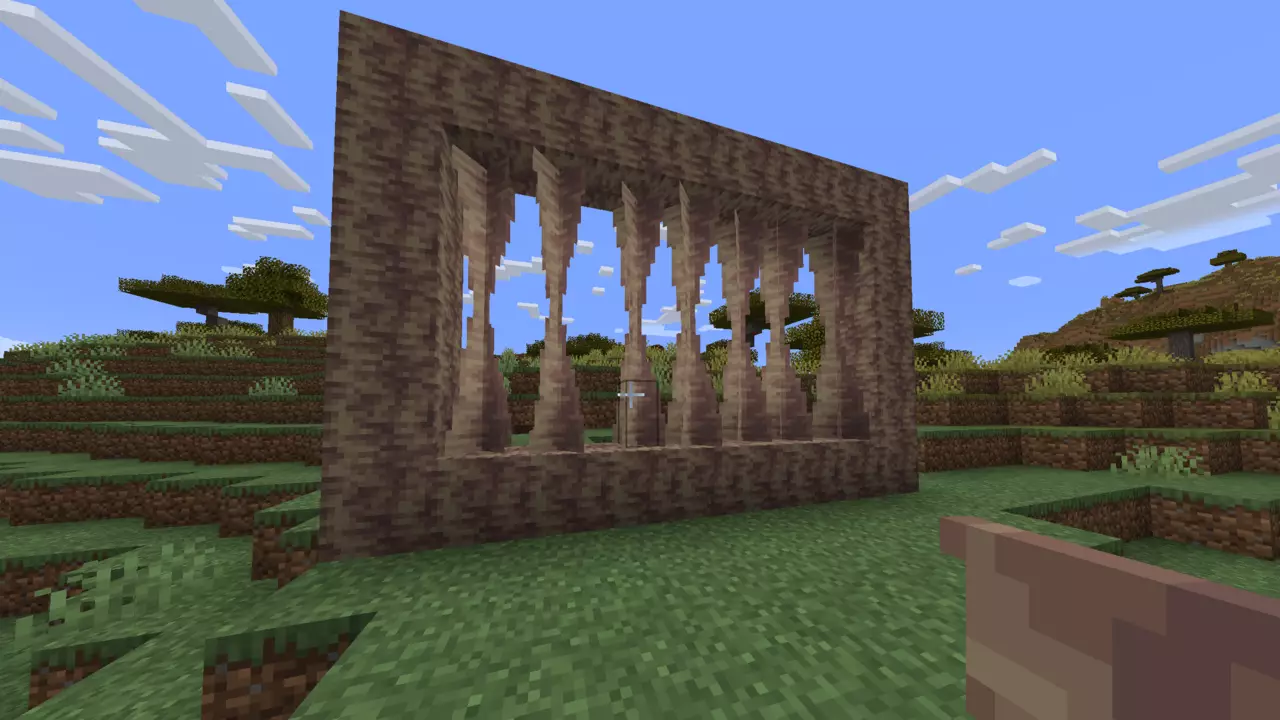Minecraft has consistently captivated players with its expansive world and intricate game mechanics. Among the various features introduced in recent updates, pointed dripstone has emerged as a unique element that adds both aesthetic appeal and gameplay tactics. This guide is designed to help players understand the dual nature of pointed dripstone, encompassing both stalagmites and stalactites, how to locate them, and their potential uses within the game.
At its core, pointed dripstone in Minecraft serves two primary forms: stalagmites and stalactites. The difference between the two is quite straightforward; stalagmites rise from the ground, while stalactites descend from ceilings. These formations are unique to dripstone caves, a biome characterized by their striking geological features. The formations occur naturally and can be harvested to create additional dripstone blocks or utilized in creative builds.
Dripstone blocks serve as the foundational element for growing pointed dripstone, which can occur either as a stalactite hanging from above or a stalagmite protruding upwards from the ground. Players can extract both types of dripstone using any mining tool, although a pickaxe is the most effective method for swift collection. The ability to craft a dripstone block from four pointed dripstones provides players with the flexibility to construct their dripstone formations at will, enhancing their architectural creativity.
Locating a dripstone cave can be an adventure in itself. These caves can appear within the Overworld at various elevations, but they are most frequently found away from water sources. To increase your chances of encountering these biomes, venture inland and mine deeper into the earth. The presence of numerous stalagmites and stalactites will signal that you’ve stumbled upon a dripstone cave. Since pointed dripstone is exclusive to these caves, any sighting of it indicates that you are either near or within this biome.
Exploring these caves can yield other valuable resources and provide a glimpse into Minecraft’s diverse underground ecosystems. As you traverse the winding tunnels and caverns, the striking formations of pointed dripstone create both a sense of wonder and potential hazards. The visual impact of these natural structures adds to the immersive experience of the game.
Although stalagmites may seem innocuous at first glance, they pose significant risks in gameplay. Falling onto a stalagmite doubles the player’s fall damage, which can be lethal from substantial heights. This characteristic introduces an element of danger in exploration and mining, encouraging players to exercise caution. Interestingly, this mechanic applies to mobs as well, allowing for strategic opportunities to set traps at your base. However, it’s important to note that mobs immune to fall damage are unaffected by this hazard.
In contrast to their perilous nature, stalagmites also serve a decorative purpose in player builds. When creatively positioned alongside dripstone stalactites, they can elevate the aesthetic of a base, transforming a simple room into a cave-inspired masterpiece. Using these elements in tandem opens up new possibilities for design, offering players a way to showcase their creativity through decoration.
While stalagmites are primarily recognized for their danger and decorative applications, stalactites bring their own unique functionalities to the table. When placed directly above a cauldron and connected to a still water source, stalactites possess the ability to drip water or lava into the container. This occurs at a small probability, and the filling process continues until the cauldron reaches its capacity. This interaction enhances resource management in the game, allowing players to automate water collection in a minimalist manner.
Moreover, stalactites can inflict damage—albeit indirectly. If the block supporting a stalactite is broken, the stalactite falls, potentially harming anything beneath it. However, this mechanic does not offer the same tactical advantages as the stalagmite’s ability to deal consistent damage.
Pointed dripstone in Minecraft enriches the gameplay experience through its unique features and aesthetic dimensions. From the perilous nature of stalagmites to the complex interactions of stalactites, players are encouraged to explore, harness, and innovate using these natural formations. Embracing the mysteries of pointed dripstone not only enhances individual building endeavors but also adds an exciting layer of strategy and creativity to Minecraft adventures. Players should seize the opportunity to integrate these unique elements into their gameplay for an even more immersive experience.


Leave a Reply